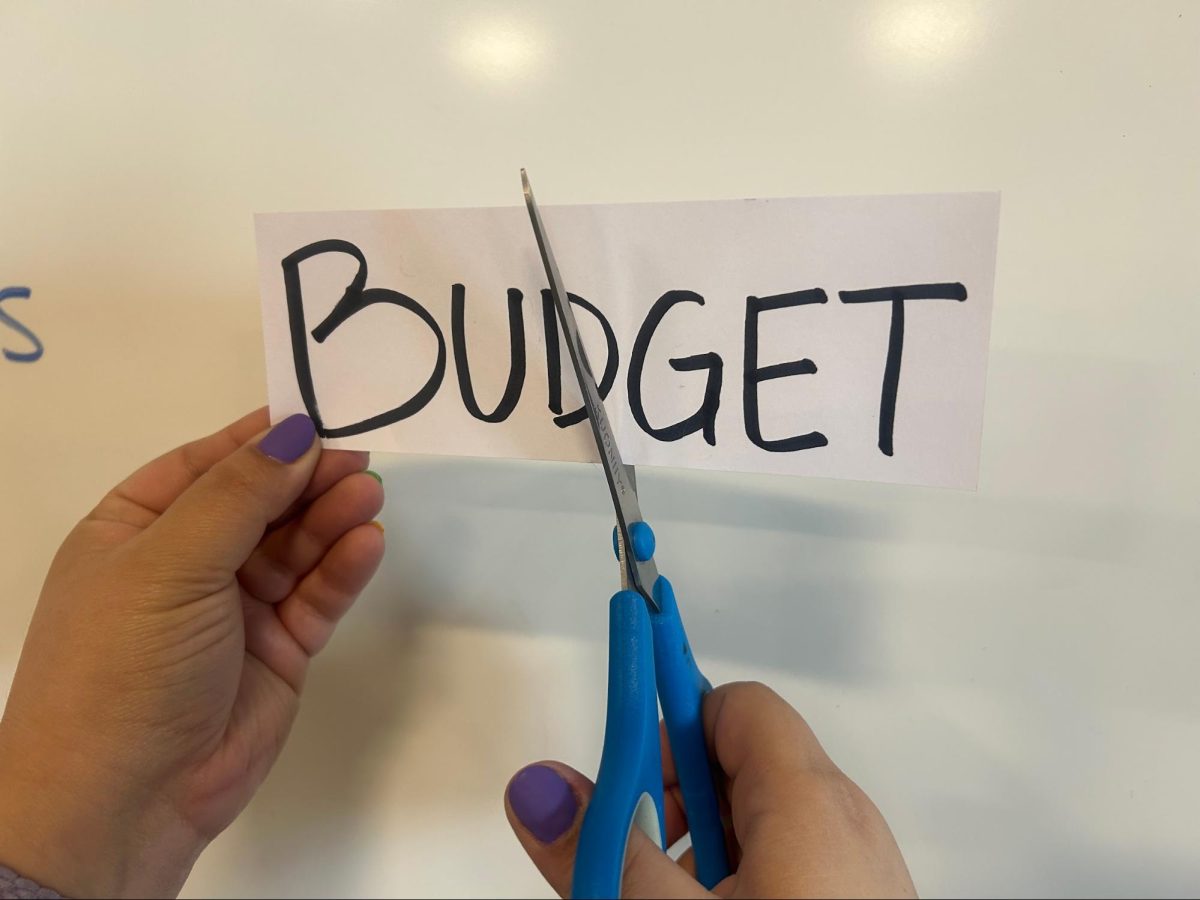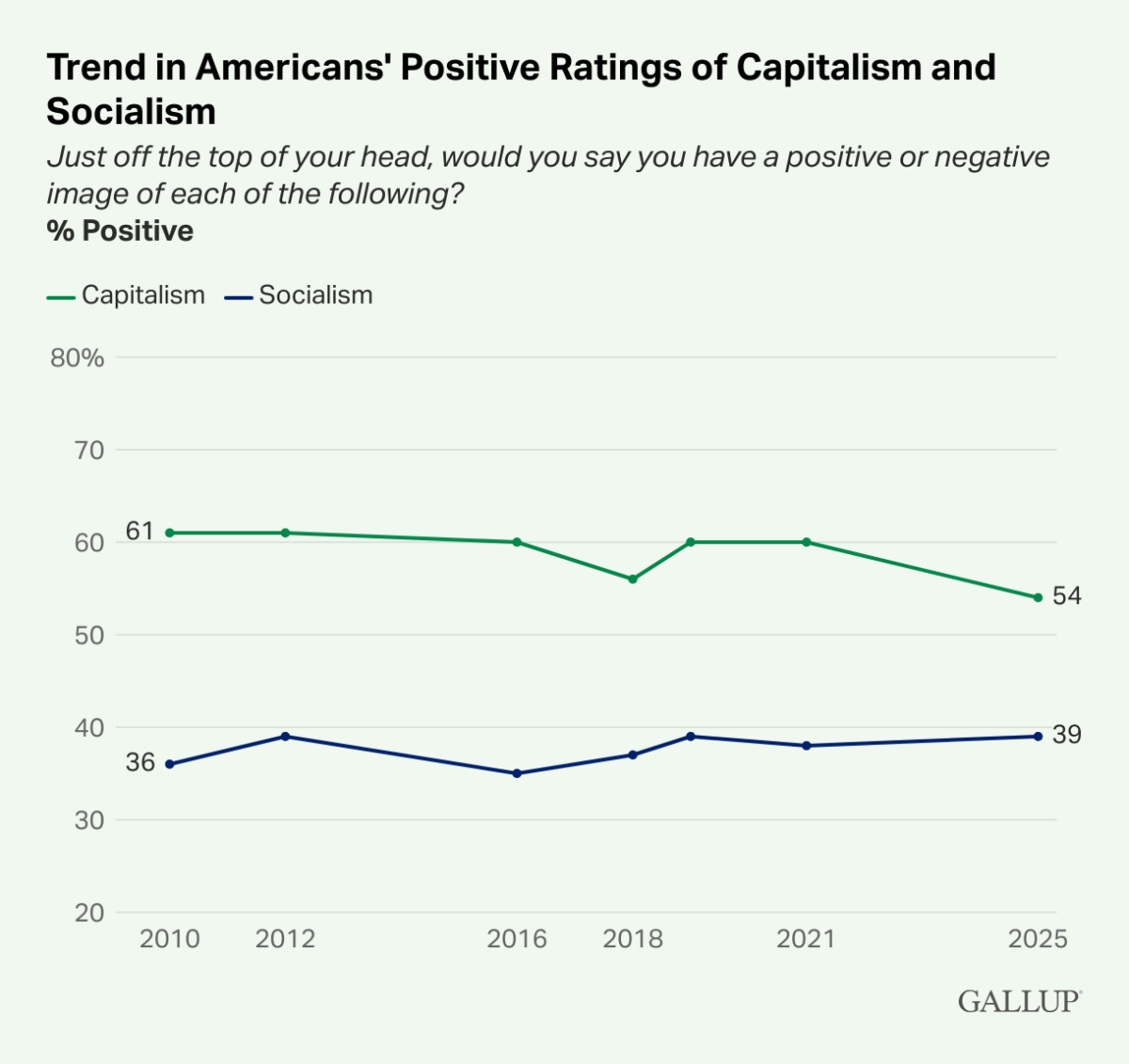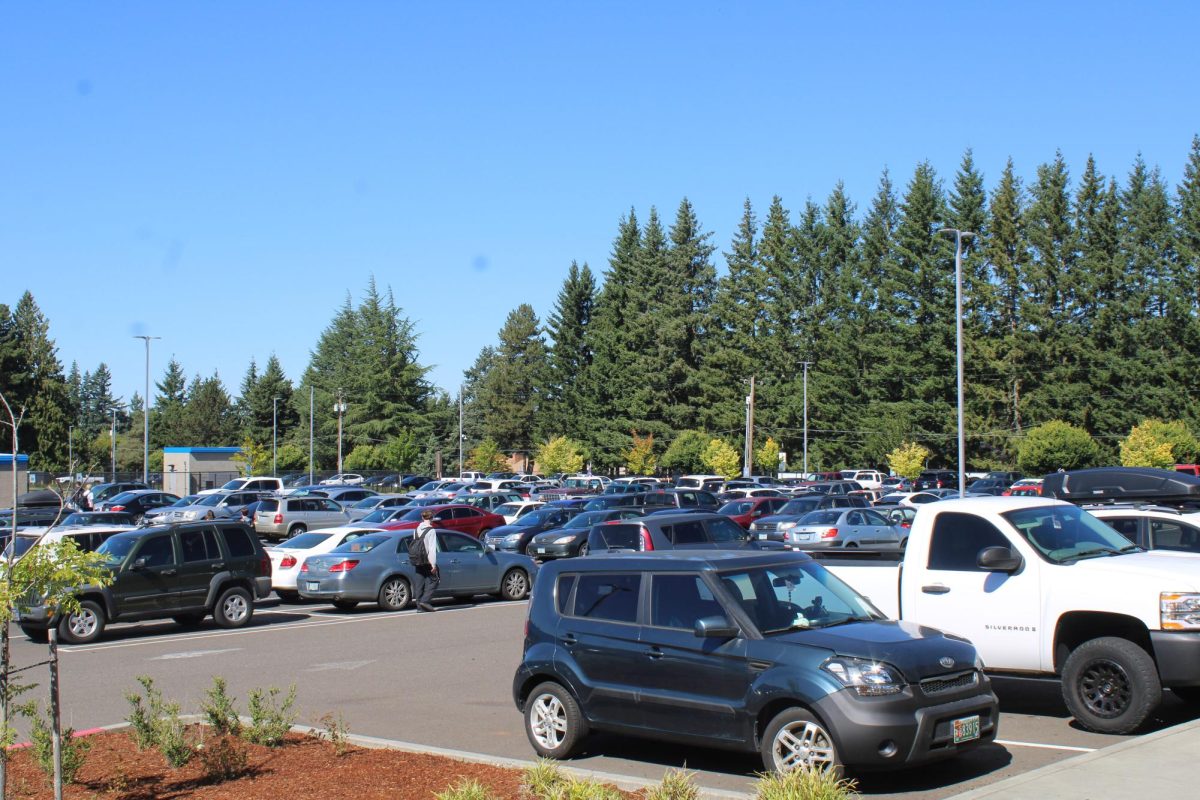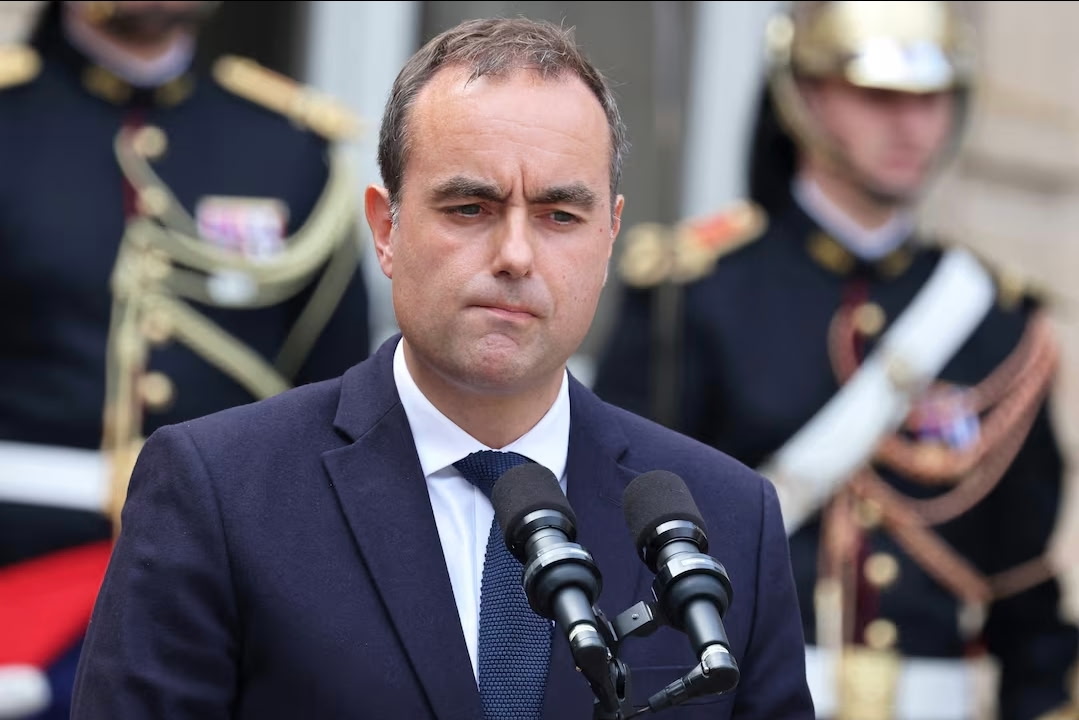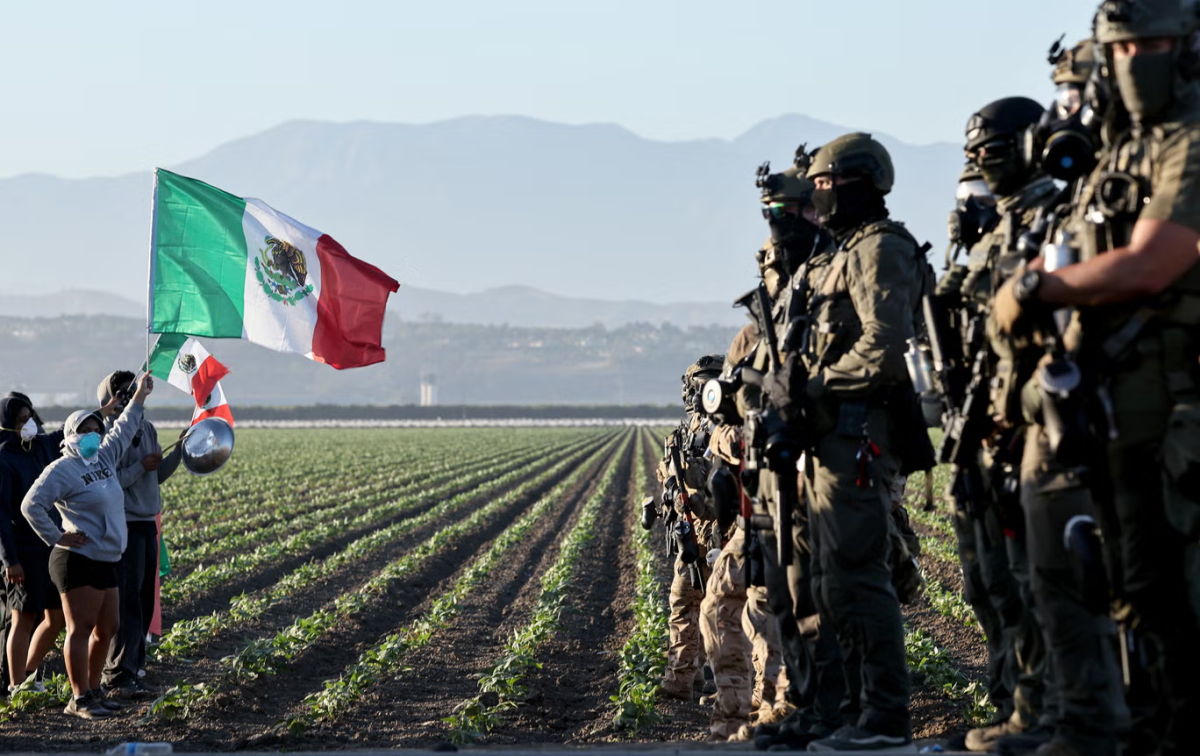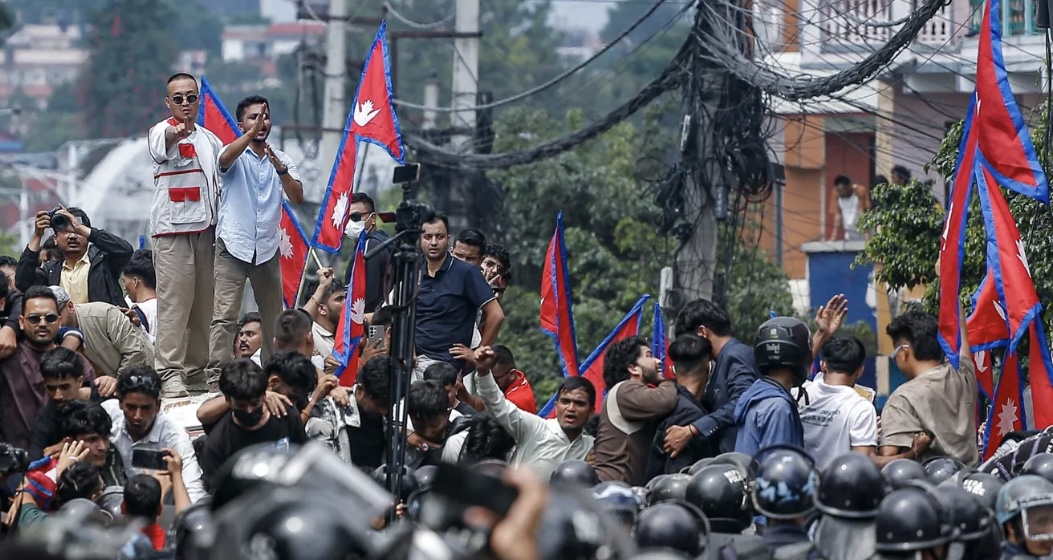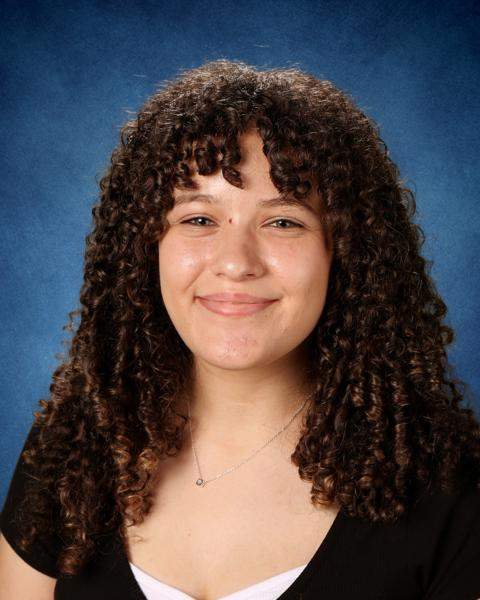Faced with a projected $7–11 million gap between state revenue and district needs, the Gresham‑Barlow School District must trim roughly 5–7 percent from its 2025‑26 general fund. To balance the budget, the district is examining every line item — first non‑payroll expenses, then staffing through attrition — and emphasizing cuts that least impact classroom learning. Still, students should anticipate increased out‑of‑pocket costs for Advanced Placement exams and pay‑to‑play sports fees, as well as reductions in materials, services, and possibly elective offerings.
In April, Interim Superintendent John Koch reported that state school funding is not keeping pace with rising costs. The district projects it will receive $7–11 million less than required to maintain current programs, necessitating a 5–7 percent reduction in spending for 2025‑26. Over the past few years, GBSD relied on federal pandemic relief dollars and tapped its reserves to avoid cuts; those one‑time funds are now gone, and reserves are nearly at the board’s minimum operating threshold.
While the district’s 2024‑25 budget grew by spending down fund balance, that practice cannot continue indefinitely. Approximately 70 percent of the general fund is devoted to salaries and benefits, with the remaining 30 percent covering transportation, meals, supplies, maintenance, and extracurricular programming. With staffing already tight, administrators are first targeting non‑payroll expenditures — materials, services, and operational costs — before moving to attrition‑based reductions in positions.
Materials and Services spending, which includes textbooks, technology licenses, classroom supplies, and contracted support services, cannot be spared entirely. Departments have been asked to freeze non‑essential spending to bolster the ending fund balance before June 30.
Because nearly three‑quarters of the budget is personnel, any deeper cuts would have to come from staffing. Under state law and union agreements, reductions will proceed via attrition—retirements, resignations, and non‑renewal of temporary roles—rather than layoffs, wherever possible. Still, some elective courses or support services may be trimmed if voluntary departures don’t meet the required savings target. Already, we’ve seen the consequences of this, with fewer learning opportunities being provided to SBHS staff, entire elective pathways being thrown into jeopardy, and fewer teaching positions available.
At Sam Barlow, AP and honors courses remain a critical pathway to college credit. However, the district no longer has the budget to subsidize exam fees for all students. Students planning to take two or more AP exams could face hundreds of dollars in fees next spring.
The end of broad fee waivers may deter some students from enrolling in advanced courses. Teachers and counselors are exploring fundraising campaigns and scholarship applications to help families in need, but nothing has been finalized as of mid‑April.
Athletics and clubs are also at risk. While the district hasn’t published new pay‑to‑play fee schedules yet, student‑athletes should expect increased fees to offset reduced district support. Middle school sports are already at risk. Teams may have to scale back mid‑season, limit bus travel to out-of-town competitions, or require booster‑club fundraising to cover coaches’ stipends and referees. Club activities, including but not limited to robotics, debate, and drama, may face similar constraints unless sponsors and parent groups bridge the gap.
Despite the financial pressure, student advocacy can shape final decisions. By staying engaged, Sam Barlow students can help ensure that high‑quality academics and enriching activities continue, even in tighter times. In the meantime, as our own principal Bhear puts it, “We’ll keep on doing the best we can for our students.”

